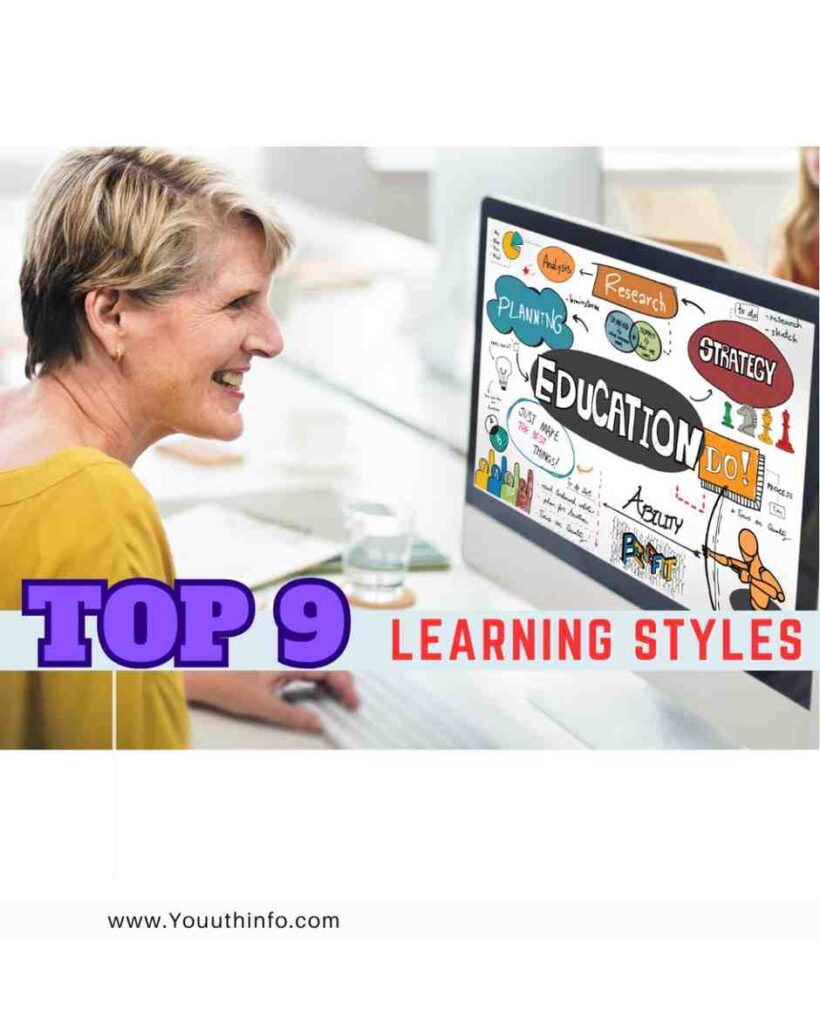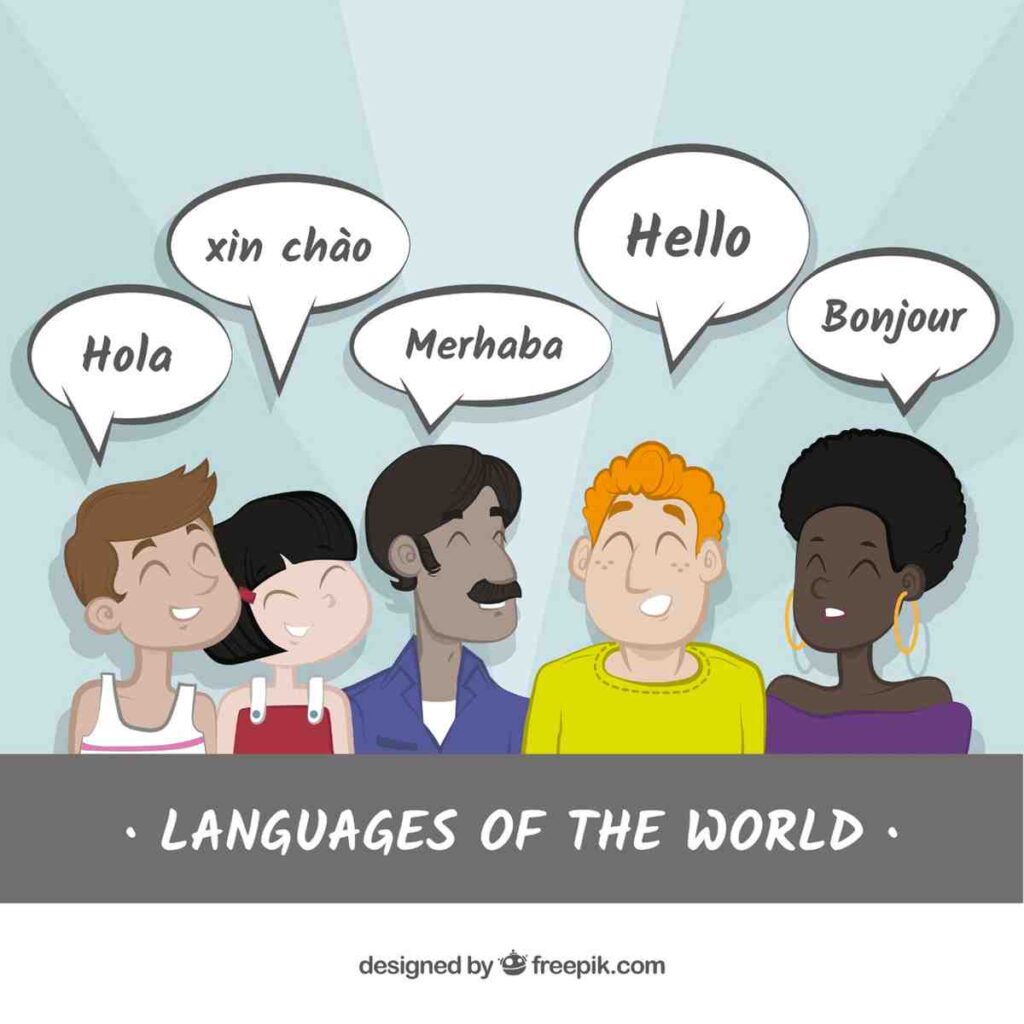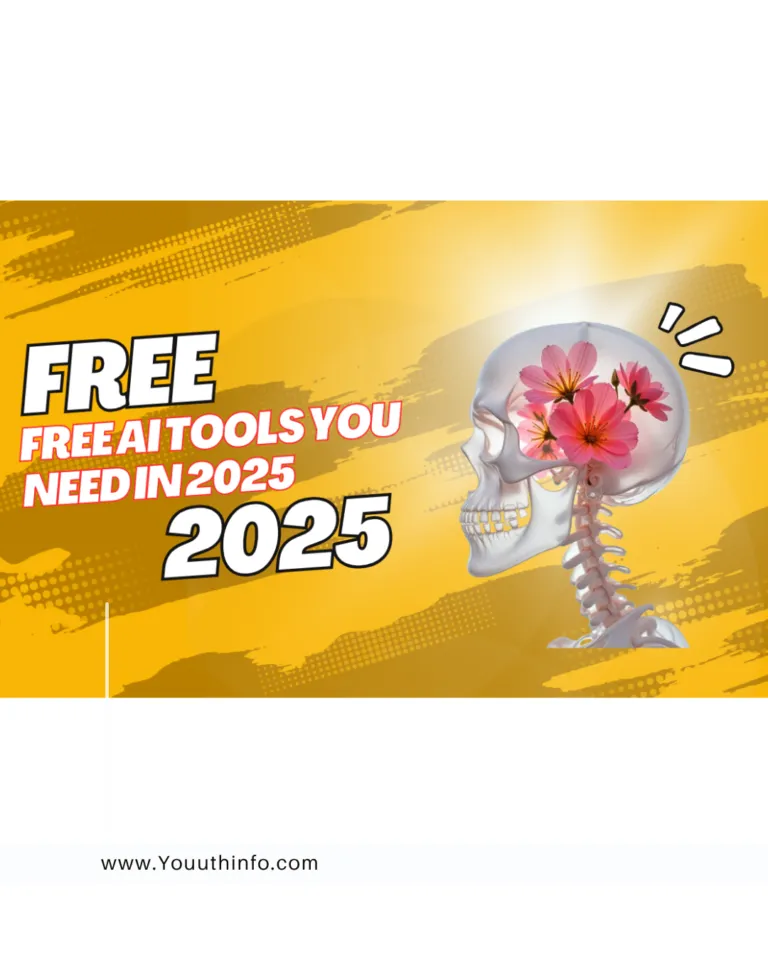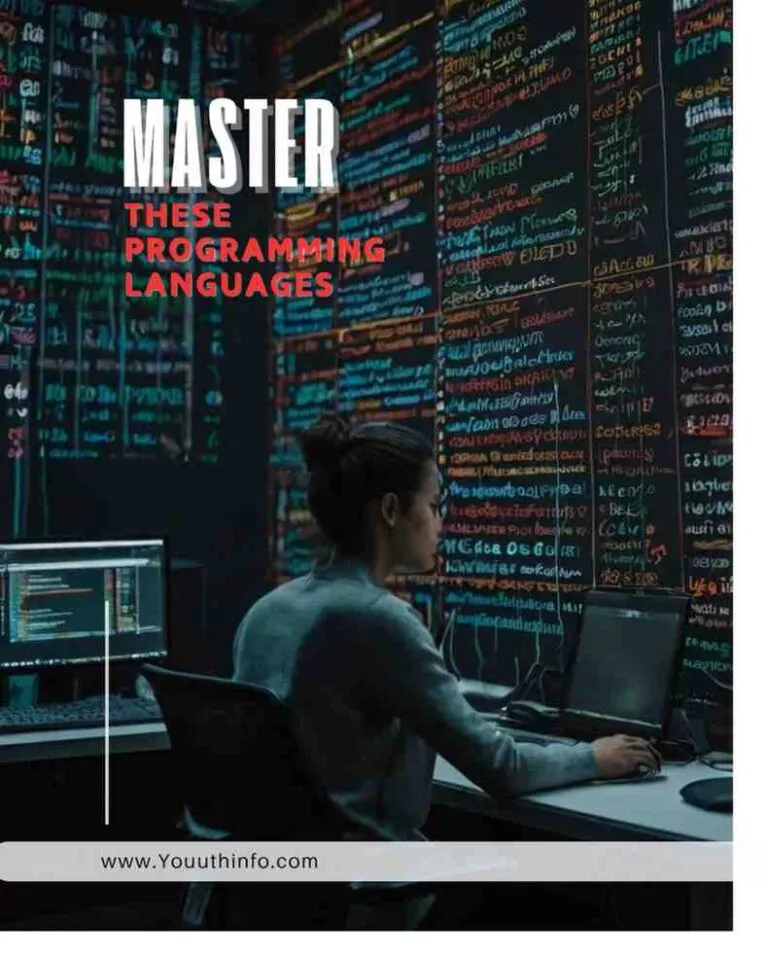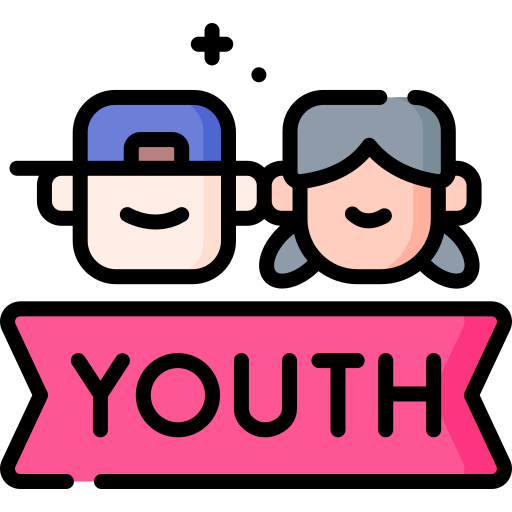In the constantly changing education world, knowing the 9 Types of Learning Styles has become indispensable to all students who want to excel. No longer do we live in a one-size-fits-all teaching era. Nowadays, learning is more tailored, and knowing how you take in and process information can totally change your study experience.
The 9 Learning Styles provide a strong model to assist any student in determining their learning style—whether it’s visual, auditory, kinesthetic, or one of the newer styles such as musical or naturalistic. Once a student knows their style, learning is less frustrating and more productive. Rather than spend time on ineffective techniques, they can concentrate on those that really facilitate learning and retention.
Consider it—have you ever gotten stuck trying to recall facts from a text, but you could remember it all from a hands-on experience or a discussion in class? That’s a good example of how varied the 9 Types of Learning Styles are. Every student has something unique to offer, and these styles unlock those assets.
In this guide, we’ll dive deep into the 9 Types of Learning Styles, showing every student how to recognise their learning preferences and turn them into academic advantages.
A Brief History of Learning Theories
The idea of learning styles dates back to educational psychologists in the 20th century. From Howard Gardner’s Multiple Intelligences to the VARK model, the framework has evolved—especially now, thanks to AI and neuroeducation research.
Table of Contents
ToggleThe 9 Learning Styles Explained
1. Visual (Spatial) Learners

What are Visual Learners?
Visual learners learn and remember information best when it’s visually presented—such as pictures, diagrams, charts, and videos. They tend to think in pictures and possess a strong sense of direction. If you’re someone who would rather watch a video than read an instruction manual or prefer using maps rather than asking directions, then you’re likely a visual learner.
Key Characteristics of Visual Learners
- Good memory for faces, locations, and pictures
- Intend diagrams, drawings, and charts
- Frequently doodle when listening
- Enjoy color-coding and visually organizing notes
- Have difficulty with long oral explanations without pictures
How Visual Learners Learn Best
Visual learners must see what they are learning. They tend to learn and retain information more easily when they can see it, instead of listening to it or reading it.
✅ Best Learning Strategies:
- Apply mind maps and flowcharts to arrange ideas
- Watch instructional videos or animated tutorials
- Ink and color-code notes
- Sketch pictures or diagrams to illustrate concepts
- Utilize flashcards with images rather than words
- Visual planners or icon-based to-do lists
Tech Tools That Help
When it is 2025, visual learners are helped by:
- YouTube and Khan Academy for visual explanations
- Canva to create charts, or notes
- Miro or Lucidchart to create digital diagrams
- Notion or Trello for visual planning of information
Career Paths That Are Right for Visual Learners
Visual learners tend to excel in professions that demand spatial awareness or imagination. Some excellent choices are:
- Graphic Design
- Architecture
- Photography
- Engineering
- Interior Design
- Animation or Video Editing
Final Tip
As a visual learner, don’t count on only reading or listening. Translate ideas into images. The more visually you learn, the better you’ll learn and recall.
2. Auditory (Aural) Learners
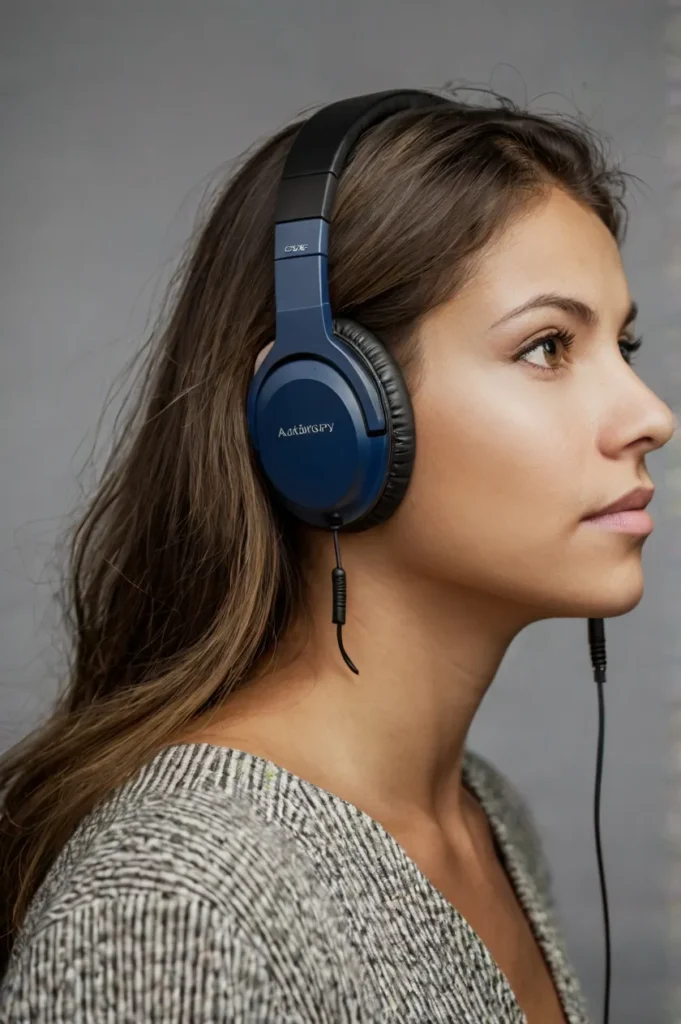
Who Are Auditory Learners?
Auditory learners best acquire new knowledge by listening and talking. They learn and retain information better when it is spoken out loud. Whether in the form of lectures, podcasts, conversations, or spoken directions, auditory learners do best in learning environments where sound is the primary pathway for learning.
If you repeatedly retell yourself things out loud to recall them, or you can replay entire conversations verbatim, you’re probably an auditory learner.
Key Characteristics of Auditory Learners
- More comfortable hearing explanations than reading them
- Strong at recalling information heard
- Frequently engage in self-talking while solving problems
- Enjoy discussions with others and verbal communication
- Learn effectively with music, rhymes, or jingles
- Quick to catch tone, rhythm, and pitch in spoken words
How Auditory Learners Learn Best
Auditory learners require the information to be heard in order to properly absorb it. Discussing ideas out loud, questioning out loud, and utilizing audio aids allows them to learn better.
✅ Top Learning Strategies:
- Listen to audiobooks, voice recordings, or podcasts
- Record notes and play them back
- Utilize text-to-speech software to listen to written information
- Read out loud while studying
- Participate in study groups or discuss lessons with peers
- Recite rhymes or songs to commit facts to memory
Beneficial Tools for Auditory Learners
In 2025, auditory learners have access to:
- Speechify or NaturalReader for text-to-speech
- Audible for audiobooks
- Otter.ai to record and transcribe conversations
- Spotify or podcast platforms for learningcontent
- Voice memos to record ideas on the fly
Best Careers for Auditory Learners
Auditory learners tend to perform well in careers where communication, sound, or speaking is a priority, including:
- Teacher or Lecturer
- Lawyer or Counselor
- Musician or Sound Engineer
- Public Speaker or Radio Host
- Language Translator or Interpreter
Last Tip
If you’re an auditory learner, make your ears your superpower. Don’t just read—talk it out, listen to it, and repeat it aloud. Your brain remembers best when sound leads the way.
3. Verbal (Linguistic) Learners
What are Verbal Learners?
Verbal learners are individuals who learn in ways related to language—both written and spoken. They possess a natural ability with words, storytelling, reading, writing, and articulating themselves well. If you are an individual who enjoys reading books, essay writing, or acquiring new vocabulary, then you may be a verbal learner.
These learners tend to be excellent at memorizing facts from reading, writing arguments, or describing concepts in detail. They perform well in settings where language is the primary vehicle for learning and communication.
Principal Characteristics of Verbal Learners
- Enjoy reading and writing
- Like word games, rhymes, and puns
- Frequently keep diaries or write stories
- Accomplish best through writing down or summarizing details
- Excellent capacity to describe ideas clearly
- Tend to excel in debates or public speaking
How Verbal Learners Learn Best
Verbal learners learn best when they work directly with words. Whether reading from textbooks, taking notes, or having in-depth conversations, language assists them in understanding and remembering new information.
✅ Best Learning Techniques:
- Read textbooks and articles carefully
- Take copious notes and retake them in your own words
- Employ mnemonics, acronyms, and rhymes to recall facts
- Take summaries or describe subjects aloud
- Participate in discussions or study groups
- Practice by teaching others what you’ve learned
Helpful Tools for Verbal Learners
In 2025, verbal learners can boost their learning using:
- Grammarly or Hemingway App to sharpen writing
- Notion or Evernote for organizing text-heavy notes
- Scrivener for writing essays or research
- Quizlet for word-based flashcards
- Online dictionaries and thesauruses to build vocabulary
Ideal Careers for Verbal Learners
With their love of words, verbal learners often shine in communication-focused roles such as:
- Writer or Author
- Journalist or Editor
- Lawyer or Politician
- Teacher or Professor
- Translator or Interpreter
- Public Speaker or Speech Therapist
Final Tip
If you’re a verbal learner, utilize the power of language to your benefit. Write, read, talk, and debate as much as you can. Words aren’t simply instruments—they’re your best resource for learning.
4. Physical (Kinesthetic) Learners
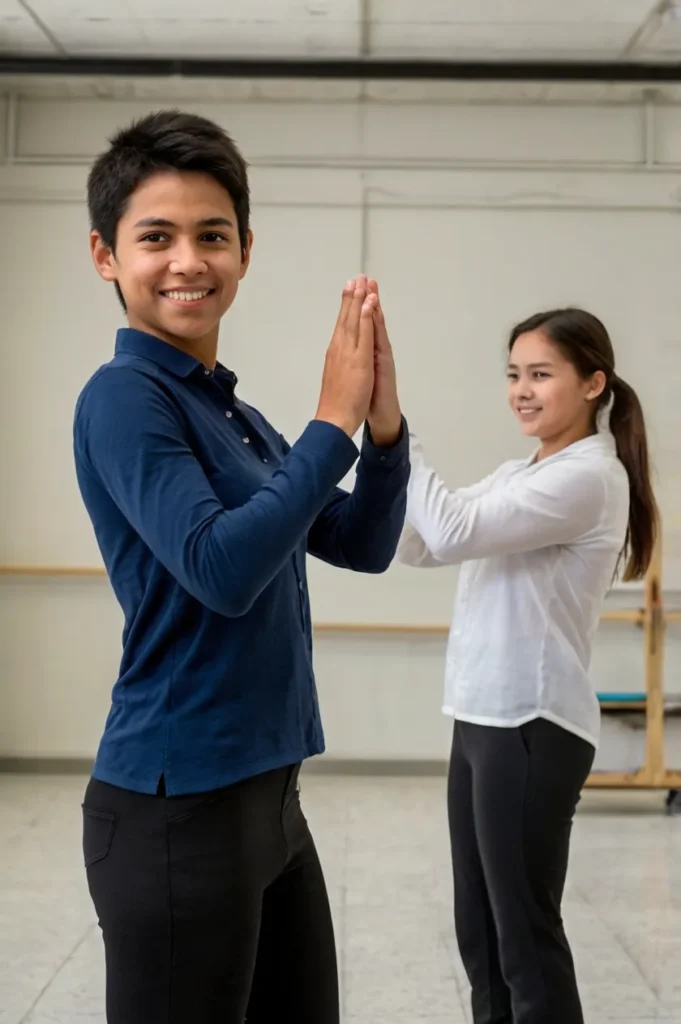
Who Are Physical Learners?
Physical or kinesthetic learners are most effective when learning through movement, touch, and experience. They must physically interact with what they’re studying—either by creating something, acting it out, or conducting an experiment. For these students, sitting and reading for extended periods of time can feel frustrating or pointless.
If you tend to learn best by experience, rather than listening or observing, or if you find that you can’t help fidgeting during lectures, then chances are that you’re a kinesthetic learner.
Characteristics of Kinesthetic Learners
- Enjoy hands-on learning and doing things
- Skilled at sports, dance, or crafts
- Tend to gesture or move around when communicating
- Learn best through doing or experiencing
- Find it difficult to sit through long reading or lectures
- Tend to do well in real-life activities and physical challenges
How Kinesthetic Learners Learn Best
Kinesthetic learners must touch or move with the material. Getting up and moving around, constructing something, touching objects, or practicing with hands assists them in learning better than reading or listening.
✅ Best Learning Techniques:
- Take part in labs, workshops, or projects with hands-on work
- Utilize flashcards and pass them around physically
- Integrate movement into study sessions (e.g., walking along while studying notes)
- Utilize role-play or physical models to describe concepts
- Take regular study breaks to get up and recharge
- Practice or sketch when learning rather than simply reading
Useful Tools for Kinesthetic Learners
Kinesthetic learners in 2025 can utilize tools and techniques such as:
- Interactive learning simulations and apps
- 3D models and augmented reality (AR) software
- DIY kits, construction sets, or STEM kits
- Whiteboards, stress balls, or fidget tools for concentration
- Virtual reality learning for full-dive experiences
Best Jobs for Kinesthetic Learners
These students generally prefer dynamic, hands-on jobs such as:
- Athlete or Fitness Trainer
- Surgeon or Physical Therapist
- Mechanic or Engineer
- Carpenter or Electrician
- Chef or Baker
- Actor or Dancer
- Pilot or Emergency Responder
Final Tip
If you’re a physical learner, move to learn. Don’t try to force yourself to sit still and study like everyone else. Use your body as a learning tool, and find ways to bring action into every subject.
5. Logical (Mathematical) Learners

Who Are Logical Learners?
Logical (or math) learners are individuals who learn most effectively through reasoning, systems, and problem-solving. They’re attracted naturally to numbers, patterns, logic problems, and analytical thinking. If you enjoy solving riddles, analyzing situations, or reducing something to steps-by-steps, you’re probably a logical learner.
These students tend to be strategic thinkers, dominating areas such as math, science, coding, or economics. They like systems-based, organized learning and appreciate activities with critical thinking and cause-and-effect analysis.
Characteristics of Logical Learners
- Excel in logical reasoning and math
- Like problem-solving, coding, or puzzles
- Like systems rather than randomness
- Enjoy dissecting problems into segments
- Tend to ask “why” and want to know the underlying meaning
- Are very good at planning, analyzing, and organizing information
How Logical Learners Learn Best
Logical learners perform best when learning is sequential and fact-based. They like facts better than feelings, and enjoy having information presented in a simple, logical order.
✅ Best Learning Strategies:
- Employ charts, formulas, graphs, and organized outlines
- Divide complex subjects into step-by-step procedures
- Practice with logic games, number puzzles, and programming
- Develop flowcharts or timelines to grasp sequences
- Keep the “why” of each subject or concept at the forefront
- Use data tables and spreadsheets to analyze or monitor content
Utile Instruments for Logical Learners
In 2025, logical learners find useful instruments that aid in analysis and organization:
- Khan Academy, Coursera, or Brilliant for STEM subjects
- Obsidian or Notion for organized note-taking
- Excel or Google Sheets for data management
- PythonAnywhere or Scratch programming platforms
- Puzzle and logic games to exercise the brain
Best Careers for Logical Learners
Logical learners tend to do well in careers that involve the use of reasoning, data, and systems, including:
- Mathematician or Statistician
- Engineer or Architect
- Computer Programmer or Data Analyst
- Economist or Financial Analyst
- Scientist or Researcher
- Detective or Strategist
Final Tip
If you are a logical learner, indulge your analytical mind. Organize your learning, aim to solve problems, and seek out the patterns in all things. Once you see the logic of something, you hardly ever forget it.
6. Social (Interpersonal) Learners
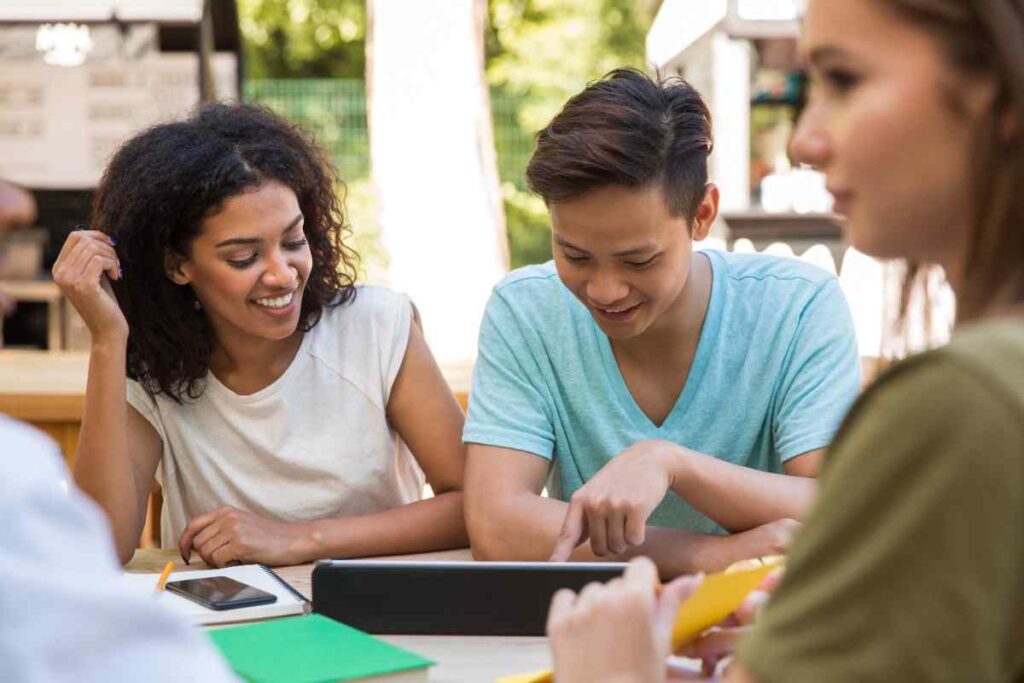
Who Are Social Learners?
Social or interpersonal learners are individuals who acquire information best by interacting with others. They do well in settings where they have the opportunity to discuss, work together, share thoughts, and learn collaboratively. If you like group discussions, collaborative projects, or brainstorming with others, you’re likely a social learner.
These students are naturally compassionate, effective communicators, and excellent people readers. They tend to enjoy learning that includes real-life interaction or emotional resonance.
Key Characteristics of Social Learners
- Enjoy group work, discussions, and teamwork
- Excellent in empathy, listening, and communication
- Usually viewed as team members or natural leaders
- Thrive when mentoring, teaching, or leading others
- Quick to pick up tone, body language, and social cues
- Best learn by discussing ideas out loud and hearing differing opinions
How Social Learners Learn Best
Social learners need people to help them process information. They prefer talking things out, asking questions, and participating in group-based activities or cooperative tasks.
✅ Best Learning Techniques:
- Join study groups or participate in class discussions
- Teach others what you’ve learned—it strengthens your understanding
- Engage in peer review or collaborative projects
- Use role-play or debate to explore ideas
- Practice active listening and note key takeaways from others
- Attend online workshops, meetups, or learning communities
Valuable Tools for Social Learners
In 2025, social learners can excel with tools that facilitate group interaction:
- Zoom, Google Meet, or Microsoft Teams to study online in groups
- Slack or Discord servers to learn together
- Miro and Jamboard to brainstorm together
- Duolingo Events or language exchange to learn language sociably
- Reddit, Quora, or online forums to answer and ask questions
Ideal Careers for Social Learners
Social learners shine in roles that involve teamwork, leadership, or people skills, including:
- Teacher or Counselor
- Social Worker or Life Coach
- HR Specialist or Recruiter
- Event Planner or Community Manager
- Manager or Team Leader
- Salesperson or Customer Support
Final Tip
If you’re a social learner, don’t isolate yourself when studying. Talk it out, share ideas, and learn from others. For you, connection isn’t just helpful—it’s essential.
7. Independent (Intrapersonal) Learners
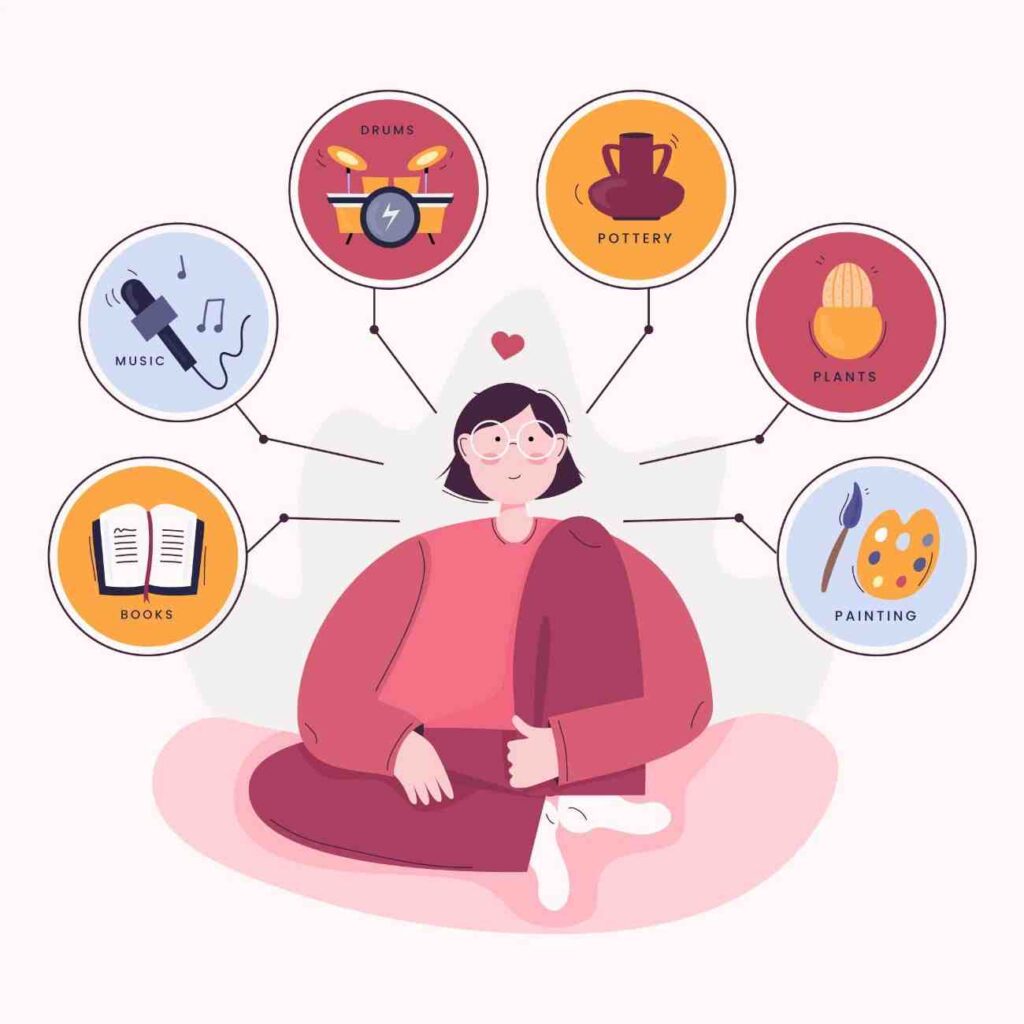
What Are Solitary Learners?
Solitary or intrapersonal learners prefer to learn independently and on their own, taking charge of their learning space. These learners are very self-conscious, independent, and introspective. If you prefer to work in quiet areas, ruminate on ideas, and establish personal objectives, then you might be a solitary learner.
These learners live on internal motivation and self-engagement, and tend to possess great intuition and emotional awareness. They’re not intimidated by silence—they love it.
Essential Characteristics of Lone Learners
- Like to learn in quiet, distraction-free areas
- Are independent and intensely focused when alone
- Love to journal, plan, and set individual goals
- Tend to spend time thinking or daydreaming
- Don’t need external approval—they learn independently
- Detest group projects or crowds and prefer to work alone
How Lone Learners Learn Best
Independent learners thrive when they have the ability to self-pace, self-environment, and self-set goals. They learn best through self-reflection, personal challenges, and being able to immerse themselves in topics.
✅ Most Effective Learning Strategies:
- Establish specific learning objectives and track your own progress
- Maintain a learning journal to review new concepts
- Utilize mind maps or personal organizers to arrange ideas
- Self-quizz or test yourself frequently
- Establish a designated quiet learning space
- Take time to reflect before rushing into answers or solutions
Valuable Tools for Solo Learners
In 2025, these learners appreciate tools that facilitate individualized, solo learning:
- Notion, Evernote, or OneNote for individual journaling
- Pomodoro timers for concentrated solo study sessions
- Duolingo, Khan Academy, or Udemy for self-directed courses
- Meditation apps Calm or Headspace to sharpen focus
- Trello or habit trackers for individual goal setting
Best Careers for Solo Learners
Independent learners tend to be drawn to careers that demand intense contemplation, concentration, and autonomy, including:
- Writer or Author
- Researcher or Scientist
- Developer or Data Analyst
- Artist or Designer
- Philosopher or Theorist
- Freelancer or Entrepreneur
Last Tip
If you’re an independent learner, listen to your intuition and provide yourself with time to think. You do your best learning when you’re by yourself with your thoughts—so leave space for thought and go where you want.
8. Naturalistic Learners

Who Are Naturalistic Learners?
Naturalistic learners are strongly attached to nature. Naturalistic learners learn more effectively if they can connect subjects to plants, animals, weather, nature, and the environment. If you’re at peace in nature, enjoy exploring, or pay close attention to nature’s patterns, then you’re probably a naturalistic learner.
These learners tend to think in terms of ecosystems, relationships, and actual life experiences. They enjoy learning from their environment through interacting with nature and the world around them instead of from books or indoor settings.
Core Characteristics of Naturalistic Learners
- Enjoy time outside
- Vital interest in animals, plants, weather, and geography
- Observe patterns of nature and the world
- Learn best from experiential, nature-based learning
- Interested in how living things work
- Often eco-conscious, empathetic, and observant
May be eco-sensitive, empathetic, and perceptive
Naturalistic learners absorb information best when it’s linked to the natural world. They enjoy real-world examples, fieldwork, and applying their knowledge to living things or natural systems.
✅ Best Learning Techniques:
- Take learning outside whenever possible
- Relate topics to ecosystems, cycles, or natural patterns
- Use gardening, hiking, or wildlife observation as learning tools
- Engage in environmental or science-based experiments
- Create nature journals to document findings
- Study topics like biology, ecology, earth science, or geography
Useful Tools for Naturalistic Learners
Naturalistic learners in 2025 can thrive with tools that tie them to nature and actual environments:
- iNaturalist or Seek for plant and animal identification
- Google Earth or SkyView for environmental exploration
- Field guides or outdoor learning kits
- Weather apps, star charts, and mapping tools
- AR/VR nature simulations for immersive eco-learning
Perfect Professions for Naturalistic Learners
With their deep attachment to the environment, naturalistic learners excel in careers like:
- Environmental Scientist or Ecologist
- Park Ranger or Wildlife Biologist
- Botanist or Marine Biologist
- Veterinarian or Animal Trainer
- Farmer or Agricultural Expert
- Geologist or Conservationist
Final Tip
If you’re a naturalistic learner, use the world around you as your classroom. Nature is your best teacher—observe it, explore it, and connect every lesson to it. The more real it feels, the more it sticks.
9. Musical (Rhythmic) Learners
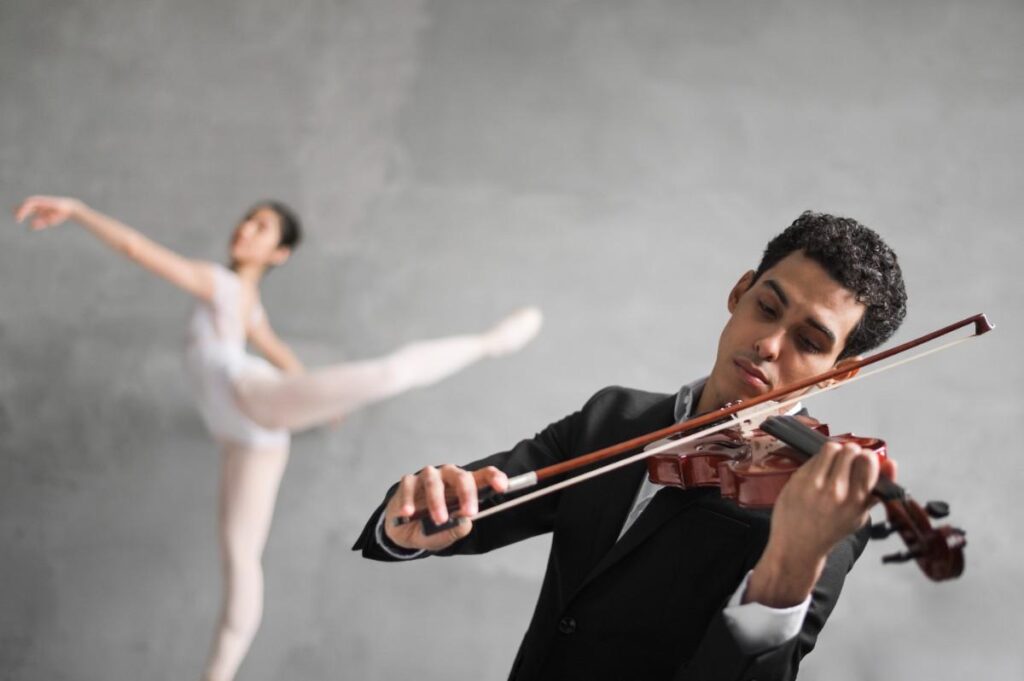
The Rhythm of Retention
Musical learners are simply attuned to sound, rhythm, tone, and pattern. They tend to learn best through music, melody, and repetition of sound. If you find yourself remembering lyrics easily, having background music that enhances your work, or using rhymes to recall items—you’re probably a musical learner.
Musical learners tend to perform well in music, foreign languages, poetry, and public speaking, owing to their good auditory memory and sensitivity to cadence and tone.
Key Characteristics
- Good song and tune memory
- Distracted by noise but concentrated with music
- Resonate more to listening and reading aloud than reading
- Tend to use rhythm to coordinate thinking
Study Tips
- Turn learning into a song or rhyme
- Use background instrumental music while studying
- Record and replay voice notes
- Employ
- Study with rhythmic movement (clapping, tapping)
Tools to Try in 2025
- Songify: Transformstext into music
- Notion + Spotify Integration: Study plans with handpicked music
- Voice memo apps: To record and listen to your own notes
- Lo-fi or classical playlists: Assists with concentration and memory recall
Musical learners thrive when they study in sync with sound. By combining rhythm and repetition, they can absorb even the most complex information—one beat at a time.
How to Discover Your Learning Style
Self-Assessment Strategies
Think about your routines: Do you doodle as you learn? Discuss things out? Have to fidget? These hints indicate your dominant style.
Online Quizzes and Resources
Websites such as VARK or 16Personalities provide easy tests to find your learning profile within minutes.
Watching Your Own Routines
Monitor how you study, recall, and use information. Pay attention to what works—and what doesn’t.
Advantages of Identifying Your Learning Style
Fosters Personal Development
Self-knowledge is strong. When you understand how you learn, you are able to set targets, plan routines, and time-manage.
Increases Academic and Professional Performance
Picture achieving more from less work. When you match learning to your style, productivity soars.
Enhances Memory and Retention
You’re not learning harder—you’re learning smarter. Customized strategies help facts stick.
Using Your Learning Style in Your Daily Life
In School and Higher Education
Apply individualized study hacks according to your learning style—such as flashcards for visual, group study for social, and so on.
At Work and in Your Career
Customize the way you learn training, share ideas, or handle projects. This can improve job satisfaction and performance.
In Personal Development
School may be over, but learning continues. Whether cooking or coding, your style still holds true.
Can You Have More Than One Learning Style?
Multimodal Learners Demystified
Oh yeah! Most folks don’t fit into a single category. You could be a visual-verbal mix or logical-kinesthetic. That’s okay—and strong.
Mixing Strategies to Achieve More
Mix styles. For instance, you can create a flowchart in your mind and narrate it. That combination makes learning more sticky.
Evolving Learning Styles for the Future
Role of AI and EdTech for 2025
Smart learning websites now parse how you engage and adjust in real time—presenting content that matches your precise learning style.
Tailoring Learning Using Technology
Virtual tutors, gamified software, and VR simulations are creating the future for customized learning.
Conclusion
We’re all a little wired differently—and that’s gorgeous. You might be a visual adventurer or a rhythmic thinker, but your learning style is the secret ingredient to becoming an expert at anything in 2025. Be willing to get to know yourself, play around with methods, and have faith that how you learn is just as valuable as what you learn.
FAQs
1. Can my learning style evolve over time?
Absolutely. New experiences, new settings, and self-change can alter the way you learn.
2. What’s the most prevalent learning style?
Visual learning is most prevalent, but there’s much overlap—and many are multimodal.
3. How do teachers accommodate various learning styles?
Excellent teachers apply mixed learning—combining pictures, sound, activities, and dialogue to teach all students.
4. Can learning about learning styles benefit mental health?
Yes. It just decreases frustration, increases confidence, and produces a less stressful learning environment.
5. Are learning styles scientifically proven?
Frequently argued about, numerous studies just indicate better involvement and retention when education is customized to personal preference.
